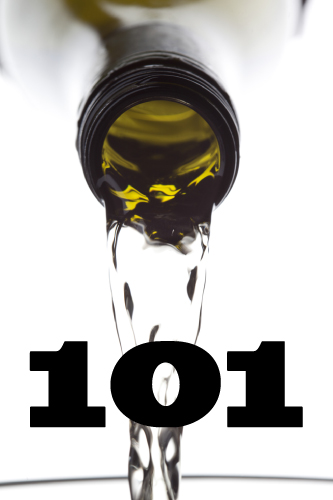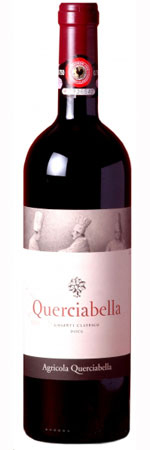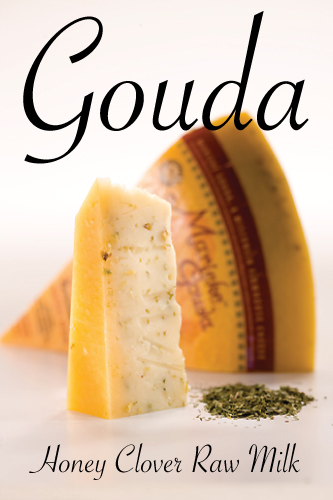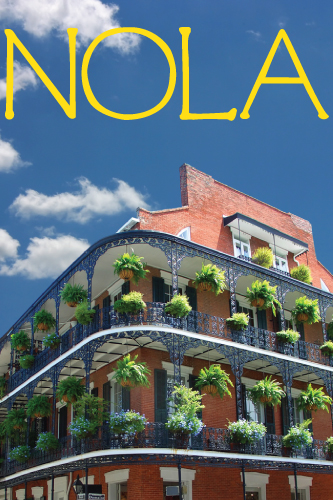
My partner Ken has a lifelong love of learning. He’s a teacher too (among other things), having taught both at Art Center and currently UCLA. The thing about great teachers is they are always learning new things. Ken is taking a wine appreciation course at UCLA. Not that Ken and I don’t know or enjoy wine. But a course in wine tasting could give Ken the tools he needs to take his enjoyment of wine to a whole new level.
Ken is going to write a report for us after each of his weekly classes. This is the fifth report in this series. GREG
First there was Superman, then came Super Glue – and now we have Super Tuscans. What does this term mean? Is this wine from the Toscana “state” in central Italy stronger, bullet-proof or is it leaps and bounds above the rest?
This week my class learned that Wine Spectator magazine first coined the term “Super Tuscan” to describe a wine from Chianti that didn’t follow the rules. Specifically, Italy’s restrictive DOC (Denominazione di Origine Controllata) guidelines. DOC (and DOCg – Guarantita) is Italy’s version of AOC (France) or DOC (Spain). Officially, Tuscan wines (Chiantis specifically) that carry this highest quality designation could be no more than 70% Sangiovese and had to include at least 10% of one of the local white wine grapes. Well, many winemakers thought they could create a better blend by including some out-of-region Cabernet and Merlot. Super Tuscans, as they came to be known, were indeed high quality, enough so that the powers that be eventually granted some of these wines DOCg Chianti status. Other winemakers preferred to be satisfied with the less-restrictive designation of Toscana.
 Let’s taste Italy before we move on to Spain. We examined a white and three reds. The first was a 2011 Convento Muri Gries Pinot Grigio from Alto Adige in Sudtirol (the Tre Venecie region near Germany and Switzerland), $23. Appearance was white-gold, clear and bright with a touch of green indicating youth. The core citrus note on the nose was somewhat sweet, bringing Meyer lemon to mind. Highlights of honeydew melon and white peach were hard to discern as this wine wasn’t very aromatic. The palate was lovely though, dry with just a hint of sweetness on the tip of the tongue, the lemon and golden apple coming through. Nice. Next stop, Tuscany and a 2009 Agricola Querciabella Sangiovese-blend Chianti Classico, $25. Deep red cherry aromas combined nicely with hints of sweet wood, leather and forest floor. The fruit followed through on the palate with cherry preserves and a touch of savory herbs. This wine would be great with pizza! Then we traveled to Piedmonte with a 2005 Produttori del Barbaresco (Nebbiolo), $52. Even though it’s been aged eight years, it’s too bad we opened this – a little more time would allow it to develop complexity and reach its potential. There wasn’t much fruit on the nose and the high tannins were a bit too astringent. Our final Italian was a 2008 Tommaso Bussola Ripasso (Corvina-blend) from Valpolicella Superiore (Veneto), $22. I don’t think I’ve ever had a Ripasso before. The pomace of leftover grape skins and seeds are “repassed” over Valpolicella wines to boost the alcohol, body and complexity. A “poor man’s Amarone” you might say. Good nose of dried fruit with a hint of sweet sandalwood. Taste of fig compote, showing high alcohol but well balanced with “rolling tannins” on the middle of the tongue. Great with salty cheese.
Let’s taste Italy before we move on to Spain. We examined a white and three reds. The first was a 2011 Convento Muri Gries Pinot Grigio from Alto Adige in Sudtirol (the Tre Venecie region near Germany and Switzerland), $23. Appearance was white-gold, clear and bright with a touch of green indicating youth. The core citrus note on the nose was somewhat sweet, bringing Meyer lemon to mind. Highlights of honeydew melon and white peach were hard to discern as this wine wasn’t very aromatic. The palate was lovely though, dry with just a hint of sweetness on the tip of the tongue, the lemon and golden apple coming through. Nice. Next stop, Tuscany and a 2009 Agricola Querciabella Sangiovese-blend Chianti Classico, $25. Deep red cherry aromas combined nicely with hints of sweet wood, leather and forest floor. The fruit followed through on the palate with cherry preserves and a touch of savory herbs. This wine would be great with pizza! Then we traveled to Piedmonte with a 2005 Produttori del Barbaresco (Nebbiolo), $52. Even though it’s been aged eight years, it’s too bad we opened this – a little more time would allow it to develop complexity and reach its potential. There wasn’t much fruit on the nose and the high tannins were a bit too astringent. Our final Italian was a 2008 Tommaso Bussola Ripasso (Corvina-blend) from Valpolicella Superiore (Veneto), $22. I don’t think I’ve ever had a Ripasso before. The pomace of leftover grape skins and seeds are “repassed” over Valpolicella wines to boost the alcohol, body and complexity. A “poor man’s Amarone” you might say. Good nose of dried fruit with a hint of sweet sandalwood. Taste of fig compote, showing high alcohol but well balanced with “rolling tannins” on the middle of the tongue. Great with salty cheese.
 Round Two took us to Spain. We started off with a sherry: a NV Emilio Lustav Fino from Jerez $15. An aromatic bouquet of white mushrooms, truffles, croutons and a dash of soy sauce wafted up from the glass. Almonds and buttered popcorn are delivered onto the palate. This would make a great aperitif (served with olives or tapas) or use it in a trendy new cocktail. Then onto a 2011 La Rioja Alta Lagar de Fornelos Albarino from Rias Baixas, $17. Rioja, geographically north of Madrid, is not to be confused with “roja” meaning red. This lovely, slightly effervescent dry white wine reminded me of a Riesling – grapefruit, white peach, minerality and minor white floral notes translate into a high acid, astringent grapefruit and green apple delight in the mouth. Next up, a 2008 Bodegas Muga Rioja Reserva (Tempranillo-blend), $22. Smoky, buttery… a bonfire in a glass. Similar to the Chianti, this wine was dry with a bit of sweetness, with medium body and acidity. The red cherry fruit was riper, almost jammy. Our final wine of the evening, a 2011 Alvaro Palacios, Carmins del Priorat (Cariganan, Garnacha, Syrah), $20, smelled and tasted almost exactly like a strawberry-rhubarb pie, with peppery highlights in the nose and pie crust in the palate. Super way to end the class – with dessert.
Round Two took us to Spain. We started off with a sherry: a NV Emilio Lustav Fino from Jerez $15. An aromatic bouquet of white mushrooms, truffles, croutons and a dash of soy sauce wafted up from the glass. Almonds and buttered popcorn are delivered onto the palate. This would make a great aperitif (served with olives or tapas) or use it in a trendy new cocktail. Then onto a 2011 La Rioja Alta Lagar de Fornelos Albarino from Rias Baixas, $17. Rioja, geographically north of Madrid, is not to be confused with “roja” meaning red. This lovely, slightly effervescent dry white wine reminded me of a Riesling – grapefruit, white peach, minerality and minor white floral notes translate into a high acid, astringent grapefruit and green apple delight in the mouth. Next up, a 2008 Bodegas Muga Rioja Reserva (Tempranillo-blend), $22. Smoky, buttery… a bonfire in a glass. Similar to the Chianti, this wine was dry with a bit of sweetness, with medium body and acidity. The red cherry fruit was riper, almost jammy. Our final wine of the evening, a 2011 Alvaro Palacios, Carmins del Priorat (Cariganan, Garnacha, Syrah), $20, smelled and tasted almost exactly like a strawberry-rhubarb pie, with peppery highlights in the nose and pie crust in the palate. Super way to end the class – with dessert.
We’re on to a “New World” of wine next week, New Zealand, Australia, South America and South Africa.
KEN

WEEK 1: Learning to Love Wine- An Introduction
WEEK 2: Learning to Love Wine- Decanting American Varietals
WEEK 3: Learning to Love Wine- Now Smell This
WEEK 4: Learning to Love Wine- Vive la France

